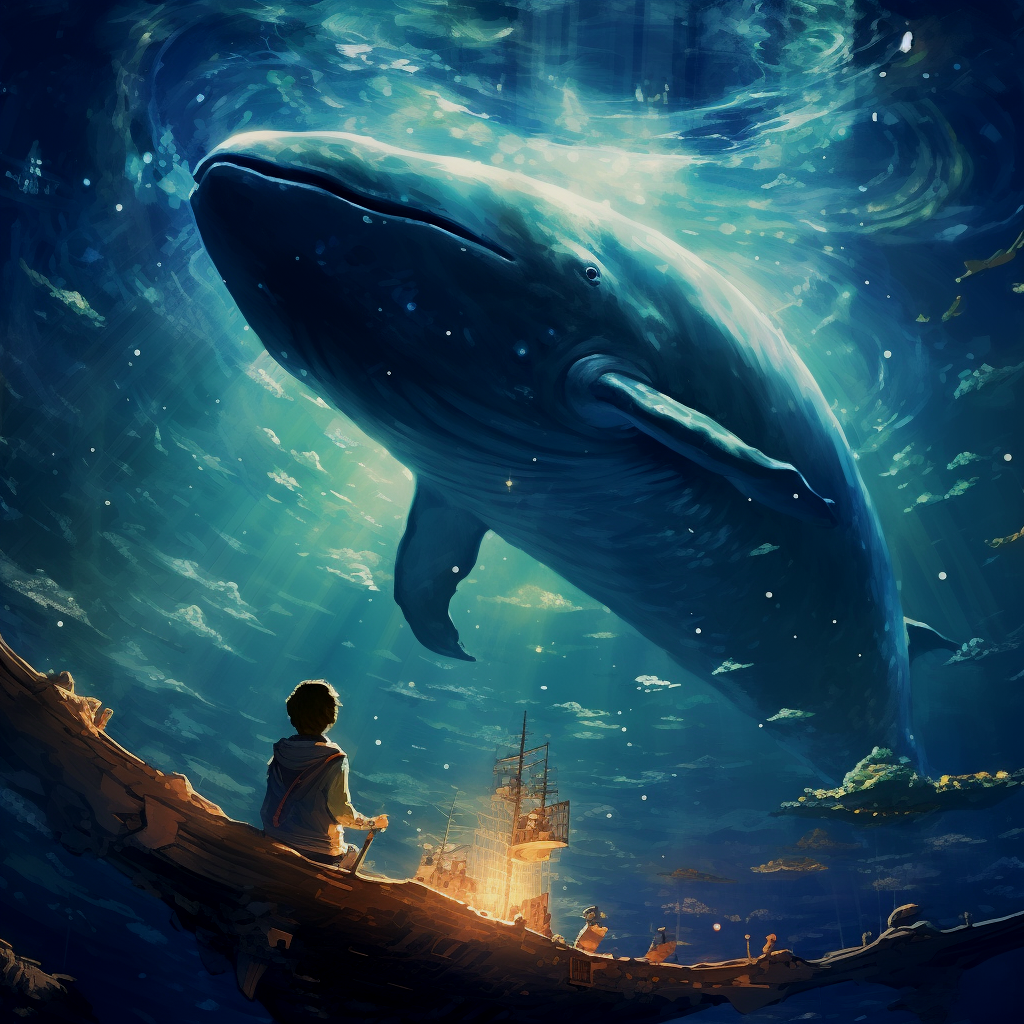
Prompt
A design concept for eco-friendly product packaging, emphasizing its biodegradable nature and innovative design. The photograph should be taken with a Canon EOS 5D Mark IV DSLR camera, using a 50mm f/1.4 lens to capture the packaging in crisp detail. The shot should be taken during the golden hour, with warm sunlight illuminating the packaging to create a sense of warmth and positivity associated with eco-friendly choices. The style should be inspired by editorial product photography, with the packaging placed against a neutral background to keep the focus on its design. The film should be digital, with camera settings (f/1.4, ISO 100, shutter speed 1/1000) adjusted to create a soft bokeh effect in the background. Post-processing should involve slight adjustments to brightness and color balance to maintain a natural, earthy look. --ar 16:9
Breaking down the Midjourney prompt for an eco-friendly product packaging design, here’s how each component contributes to the final output:
Scene Description
- Eco-friendly product packaging: Focuses the AI on generating images of packaging that likely uses sustainable materials.
- Emphasizing its biodegradable nature: This instructs the AI to highlight elements that suggest the packaging can decompose naturally, possibly through the use of green colors or textures that resemble natural materials.
- Innovative design: Suggests that the packaging should look modern or unique, which could influence the AI to include unconventional shapes or creative graphic elements.
Example: Changing "eco-friendly" to "luxury" would shift the visual focus to more opulent materials like glossy finishes or metallic embossing, altering the perception from sustainable to high-end.
Camera Specification
- Canon EOS 5D Mark IV DSLR camera, using a 50mm f/1.4 lens: This part of the prompt sets an expectation for high-resolution, detailed images with a shallow depth of field, characteristic of the 50mm lens at a wide aperture like f/1.4.
Example: Switching to a "Canon EOS R5 with a 24-70mm f/2.8 lens" could allow for a wider range of compositions due to the zoom capability, influencing how the product might be framed in various contexts from detailed close-ups to wider environmental shots.
Lighting and Time
- Taken during the golden hour, with warm sunlight: Implies a warm, flattering light that enhances the natural appeal of the eco-friendly product, associating it with positive, golden-hour aesthetics.
Example: Changing this to "overcast lighting" would create a softer, more diffuse light, potentially conveying a more subtle, understated look for the packaging.
Style and Post Processing
- Inspired by editorial product photography: Suggests a clean, focused approach typical of magazine shoots, which often feature minimal backgrounds to not distract from the product.
- Neutral background: Helps ensure the product stands out without competition from the setting.
- Post-processing should involve slight adjustments to brightness and color balance: Indicates only minor enhancements to maintain a natural look, keeping the earthy, eco-friendly theme consistent.
Example: Opting for a "high-contrast, vibrant style" would make the image pop more dramatically, possibly shifting the natural, subtle tones to more intense and saturated colors, altering the perceived material texture and quality.
Technical Specifications for MidJourney
- --ar 16:9: This aspect ratio is more panoramic than standard, allowing the packaging to be displayed potentially within a wider scene or to include additional contextual elements side by side.
Example: Changing to "--ar 1:1" would generate a square image, focusing more tightly on the product and possibly altering the composition to a more centered, balanced view, typical for social media platforms like Instagram.
Each element of the prompt plays a crucial role in steering the AI towards generating the desired visual output, impacting everything from the general ambiance to specific details like texture and light. Adjustments to any part of this prompt could significantly change the final image's style, mood, and even its perceived message about sustainability.






